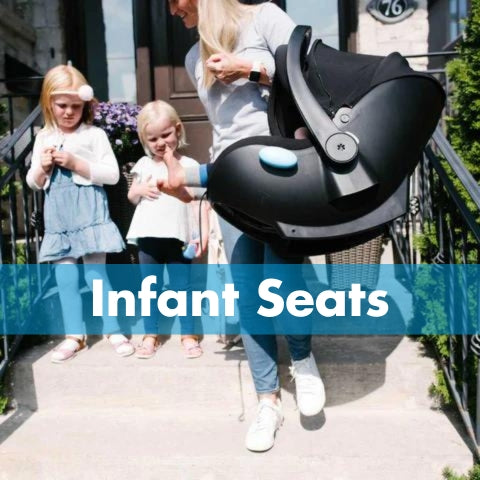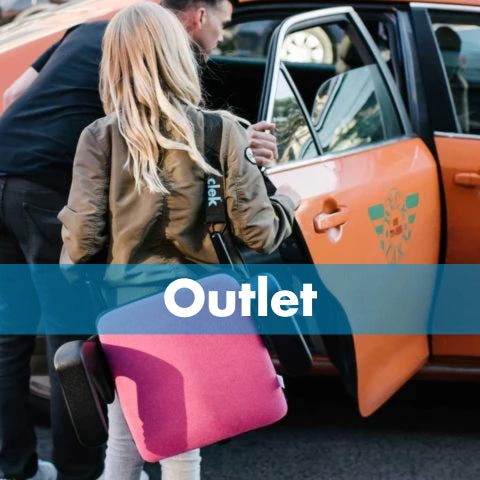Chemical & Sustainability Policy
Purpose
Clek was founded with the mission to design seats that we would use for our own kids. At Clek, we strive to do the right thing for our customers, our community, and our planet. Responsibility is what parenting is about, and it’s the principle upon which our company was founded.
Over the years, we have been industry-leaders in chemical management and environmental sustainability with the first car seat recycling program, the elimination of brominated and chlorinated flame-retardants, and by offering flame-retardant free car seat options in every category.
To maintain our leadership position, we have developed a chemical management and environmental sustainability policy in order to demonstrate Clek’s continuous commitment to offer products that are free of chemicals of concern and to minimizing our environmental impact. This statement explains some of the goals and practices of our chemical management and environmental sustainability policy.
Supply Chain
Manufacturing a child restraint seat is a complex operation that results in sourcing many different components from suppliers around the globe, each of whom employs different processes to manufacture these components. Our quality control process requires that each of our suppliers adhere to a stringent quality control plan that is periodically audited.
We follow standard automotive industry quality metrics to convey pertinent information during supplier selection and start-up to ensure our intentions are clear and that processes are in place to ensure that components will continue to meet quality requirements on an on-going basis.
Chemical quality assurance
Every component used in a Clek product must adhere to a standard list of quality assurance requirements. This includes our specifications, which outline what chemicals are legally restricted by a regulation, as well as any chemical of concern that we have proactively chosen to restrict from our products. Our policies and procedures include testing certain components for legally restricted chemicals, chemicals of concern, and other chemicals that we wish to understand.
We require our suppliers to provide test reports certifying that each supplied component is free of any restricted chemicals. We also regularly perform third party chemical content testing on critical components prior to selecting new suppliers, new materials, or new components, as well as on an on-going basis to ensure compliance with our standards.
Environmental sustainability assurance
While not always possible, preference is given to suppliers who have ecolabel certifications, such as GREENGUARD and Forest Stewardship Council (FSC).
Chemical Management Targets
With the assistance of external organizations, we maintain an internal restricted substance list that tracks chemicals listed on various federal, province/state, and non-government organizations. We use this list to, among other things, conduct periodic testing on our components, review our processes and products, for any key chemicals of concern.
Proactively review current products & components on chemical sustainability
Initial testing is required for all child restraints and components with regards to their chemical sustainability prior to introducing a product to the market, or a new material or component to an existing product. Periodic spot testing is conducted to confirm that all components continue to meet our standards.
Continually work on developing safer alternates where needed
We are committed to working with our suppliers to develop new and innovative ways to make our products safer and healthier for our customers.
Advocate for safer chemical use
We will continue to lead through example by eliminating chemicals of concern from our products and through our car seat recycling program. We have a dedicated professional engineer on staff who is responsible for the compliance of this program, and who works with third party advocacy and support groups working toward similar goals.
Recycling Program
We keep the environment at the forefront of the decisions we make daily. For this reason, we have chosen to provide a recycling program for our child restraint products. We have formed strategic partnerships to manage both the disassembly and the recycling or reintroduction of the resulting plastic, metal, foam and fabric components into other products.




